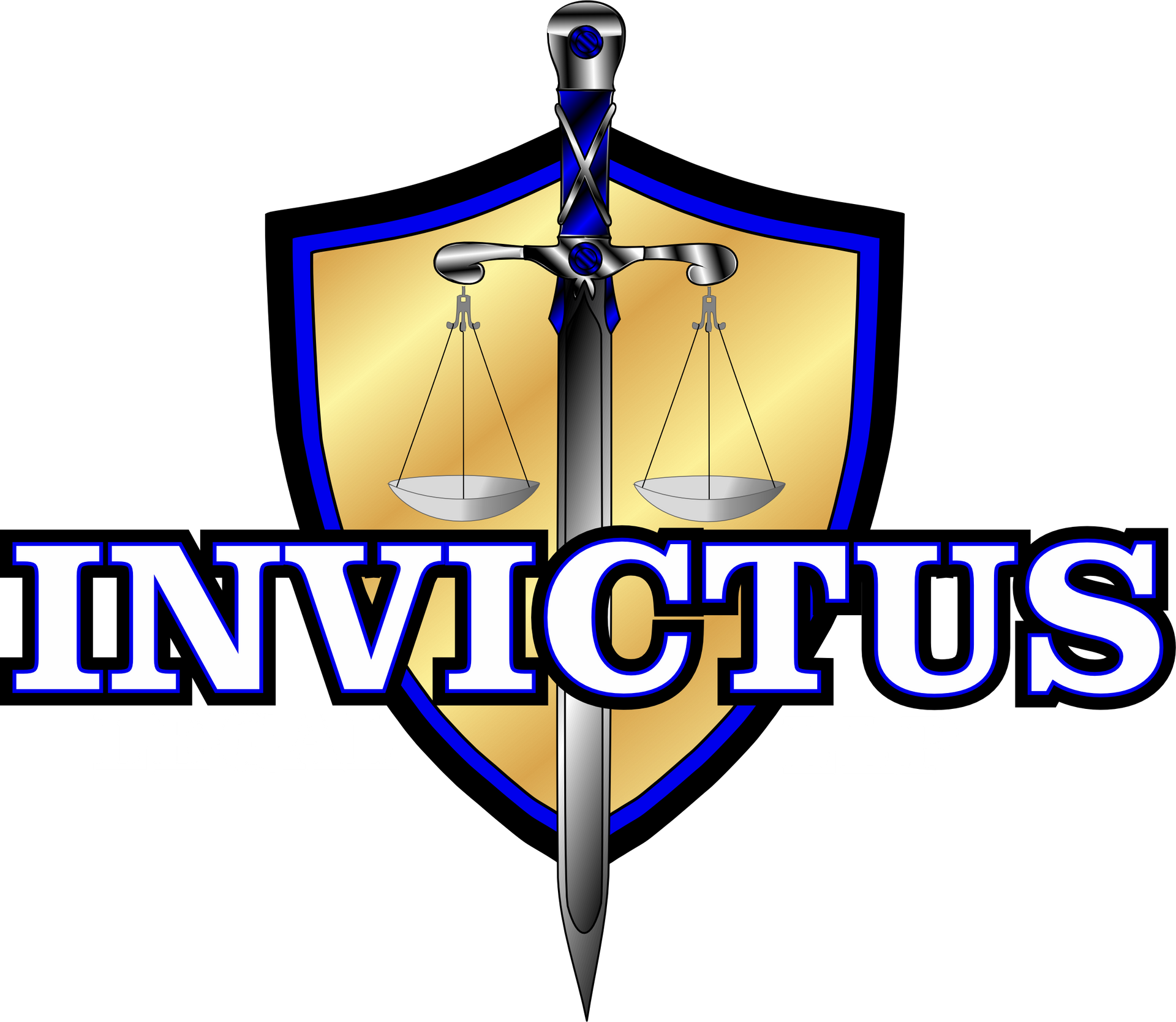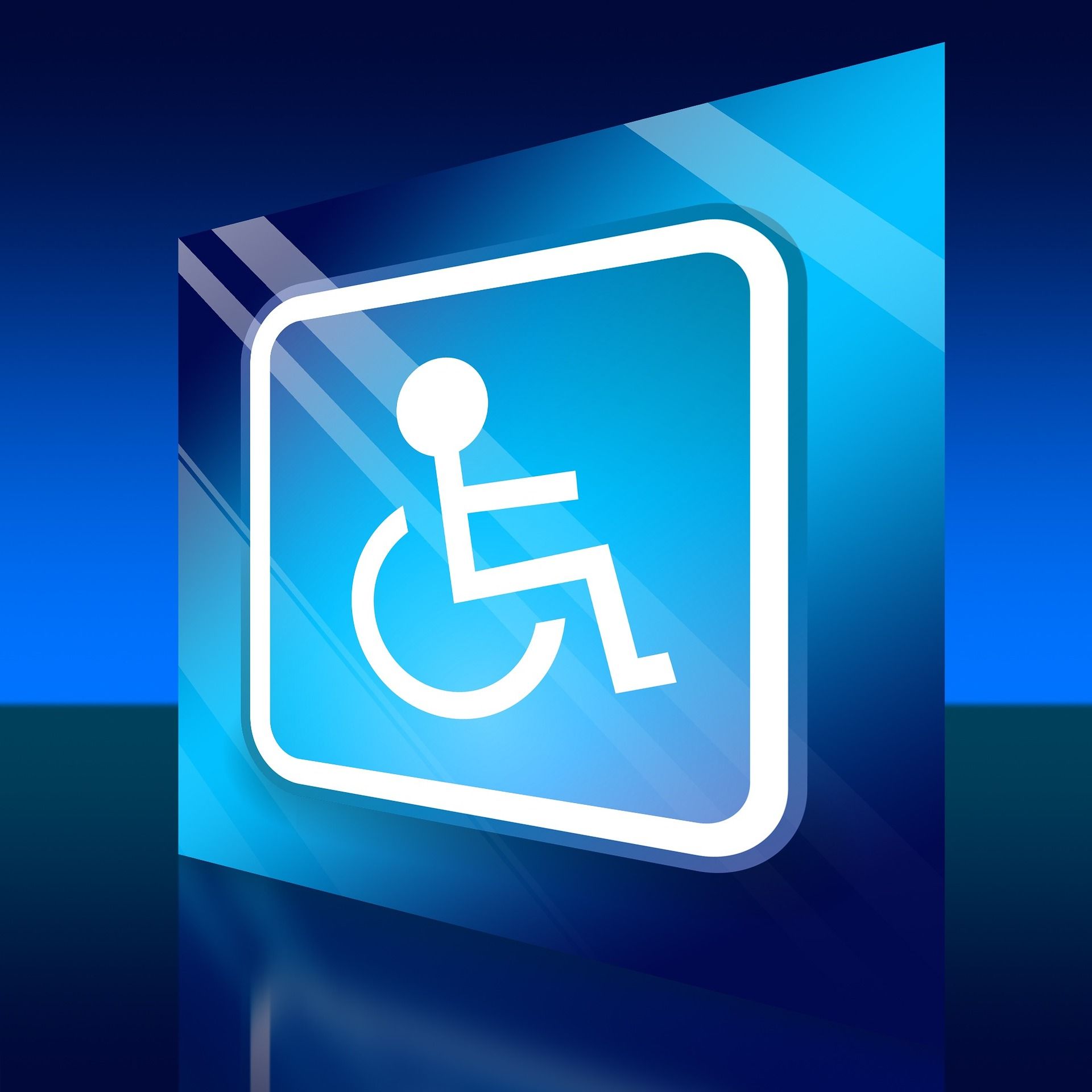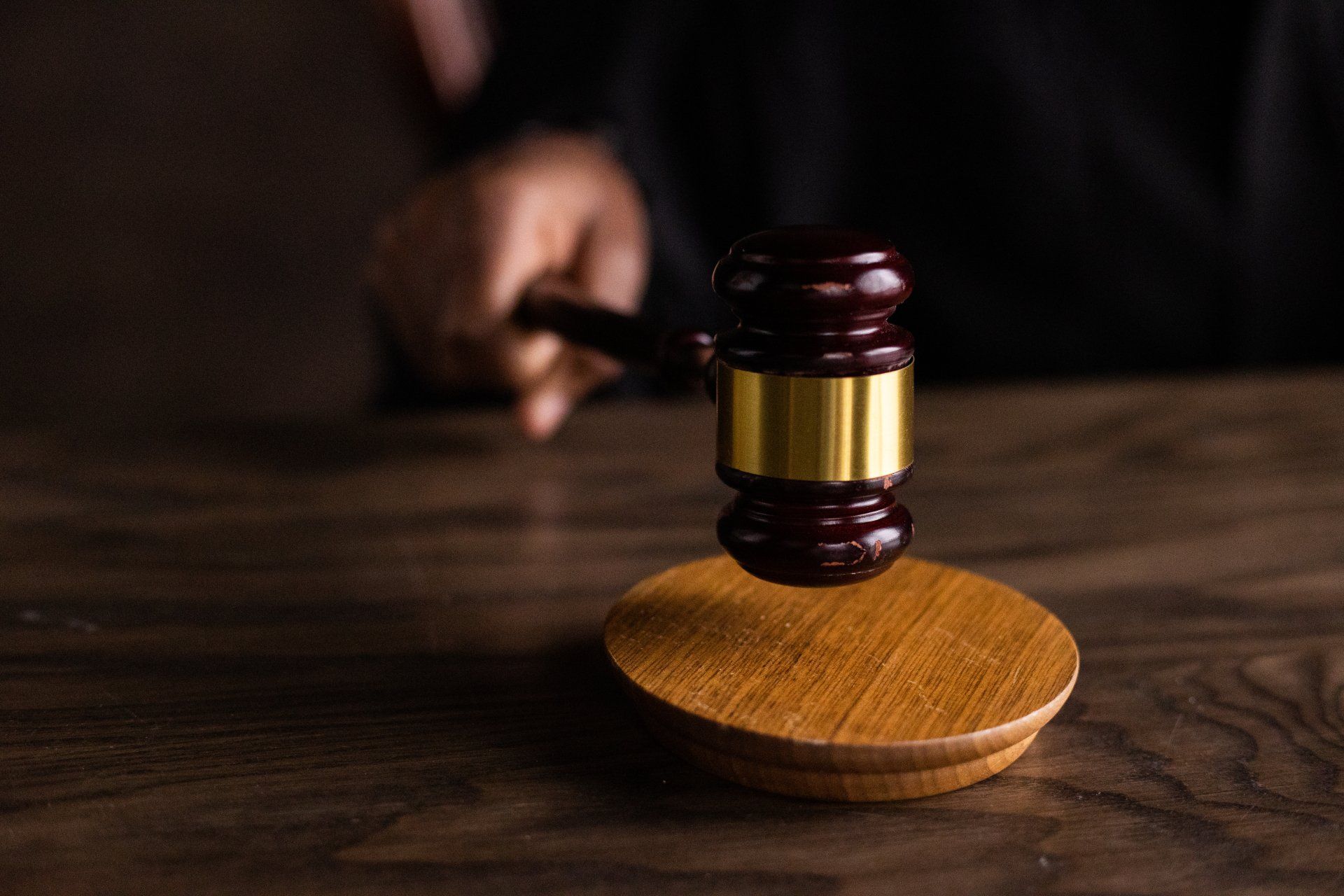Statutory Accident Benefits: After the Accident
What Are Statutory Accident Benefits?
Statutory Accident Benefits (or SABS) provides “no fault” insurance coverage to accident victims after a motor vehicle accident. You do not have to be a driver of a motor vehicle to receive it. You can also be a passenger, a pedestrian or using public transit at the time. The benefits are set out to pay for medical, financial and certain other costs related to your injuries.
SABS is part of a mixed no fault/tort liability system, whereby SABS is the ‘no fault’ benefit. For those more seriously injured, there is the tort system. Under tort, an accident victim sues the other driver to augment SABS and to receive other “damages” in tort. In order to sue, you must meet what the courts call “threshold”, which is beyond the discussion here.
SABS benefits are paid for through your automobile insurance policy. If you do not drive or carry a policy of your own, you must use your spouse’s policy or the policy of the driver of the vehicle you were in. If you were a pedestrian and have no collateral coverage, the driver of the vehicle that hit you is the policy you claim against. If the ‘other driver’ is not insured, you must claim through the Motor Vehicle Accident Claims Fund.
Who Gets Statutory Accident Benefits?
Anybody who was involved in a motor vehicle collision can submit an OCF-3 (disability certificate) signed by a medical practitioner to make a claim. If somebody died, there is a death benefit available to the person’s direct dependents. To claim these benefits, one must contact their own insurance company (or as above stated, the insurance policy nearest you) to request an Accident Benefits Package within thirty (30) days of the accident.
Often, you will meet with a representative appointed by the insurance company shortly after you make your claim. They will take what is called a Statutory Declaration. You may wish to consult legal advice before making this statement. This is a full statement as to what happened, how the accident affected you, what losses you suffered, any witnesses and ongoing medical needs. The claimant then needs to make an election.
The election is more complicated since September 2010, where prior to one had the choice of electing to claim benefits as an Earner, a Non-Earner or a Caregiver. After September 2010, the designation was Earner and Non-Earner. If you are the insured person and you and you paid a special premium on your policy known as ‘optimal coverage’, you have greater entitlements. If you do not hold a policy of insurance and are a victim, you only get basic coverage.
What is Basic Coverage?
Advocates criticize the new SABS policy because it delivers fewer benefits and they are much harder to get. After a claim is made, if it is not obvious to the insurance company that you are more seriously injured, you will be placed in the Mild Injury Guideline (MIG). This category limits your claim to $3,500 in medical/rehabilitation benefits. At the time this was put into place, those diagnosed with a whiplash II (or WAD II category) or less were placed in this category. This is based on faulty assumptions that people in the MIG require less time to completely recover.
However, if you have prior medical conditions that can impact on your recovery time, you can provide this information and get removed from the MIG. This also applies if you can prove there are psychological damages. Moreover, those that do manage to leave the MIG are only entitled to a combined total of med/rehab benefits and attendant care up to a limit of $65,000. Prior to 2010, these limits were $100,000 and $35,000 respectively.
Housekeeping and Home Maintenance Benefits and Caregiver coverage have been slashed. They are only available to persons who are considered “catastrophic” or who purchased ‘optimal coverage’.
What is Income Replacement Benefits?
If you lost earnings due to your accident, there is a one week “deductible” or waiting period. If you lost more than a week’s earnings, you need to provide pay stubs, tax returns, among other documentation. You also need to submit an Employer’s Statement if you are employed. Basic coverage is 85% of up to $400 per week in coverage. If you purchased ‘optimal coverage’, this can extend to up to $1,000 per week. These benefits continue for up to 104 weeks, after which you must meet a stricter test of your inability to work.
If you were not working at the time of the accident, Non-Earner Benefits are available if you are unable to carry out your ‘normal activities’. This is defined as what you were able to do before the accident, when compared to after. These Benefits are harder to get these days than they have been prior to 2010, but there is a shorter wait period.
How Does Your Insurance Company Test Your Eligibility for Benefits?
Upon making an election, you may start to receive benefits right away. For medical/rehab benefits, you need to meet with a treatment provider and have them complete a “treatment plan” (OCF-18). However, sooner more often than later, your insurer will send you for what is called an Insurer’s Medical Examination. This is covered by the insurance company. Your costs may be covered in some cases. You are required to attend these examinations, or you can be cut off your insurance claim for non-compliance. You will be sent to a medical examiner who has not treated you in the past who will evaluate you for your claim. A report is then sent to your insurer and your insurance company then sends you a decision as to whether to continue to cover your benefit or to deny it.
In some cases, you may wish to request an IME to take you out of the MIG. The cost of this is included in your $3,500, so be careful if you wish to do this. You may also supplement this application with documentation from your own treating physicians.
What Happens if the Insurance Company Denies Benefits or Cuts Me Off?
If you are cut off of your medical/rehab benefits, income replacement benefits or any other benefit, you have the right to challenge the insurance company’s decision. This is brought through a tribunal called the License Appeals Tribunal (or the LAT). Prior to the recent changes, the Financial Services Commission of Ontario (or FSCO) handled these disputes. FSCO still handles claims brought the Motor Vehicle Accident Claims Fund. The LAT has its own rules of procedure for dealing with disputes for those disputing denials from insurance companies. The section of the LAT that deals with these claims is called the Automobile Accident Benefits Service (AABS).
If you plan on filing an appeal, it is best that you ensure that you made sufficient claims and/or treatment requests and have undergone treatment. The date of submission of your denied treatment plan must not be more than ten days of the insurance company’s denial. In order to be eligible to file an appeal, you must show a treatment plan (OCF-18) was submitted and then denied by the insurance company. Other costs, such as Housekeeping and Home Maintenance and Caregiver Benefits must be shown be incurred, meaning you paid for them or somebody has taken the economic hit to care for your children. It is also best if you have your own treatment providers back your claims and put these opinions in writing.
The appeals process for insurance disputes of this kind can be complicated, so it is best to seek competent legal advice from a lawyer or paralegal before proceeding. Invictus Legal LLP has somebody that can advise in these areas.









